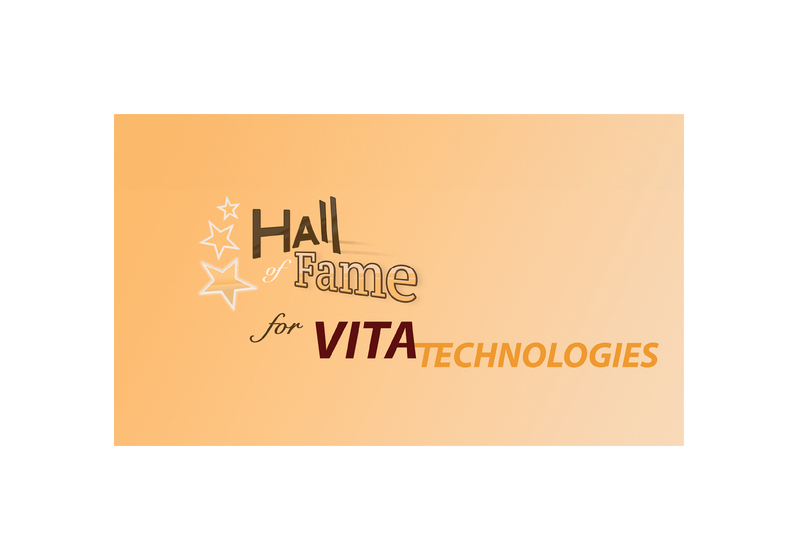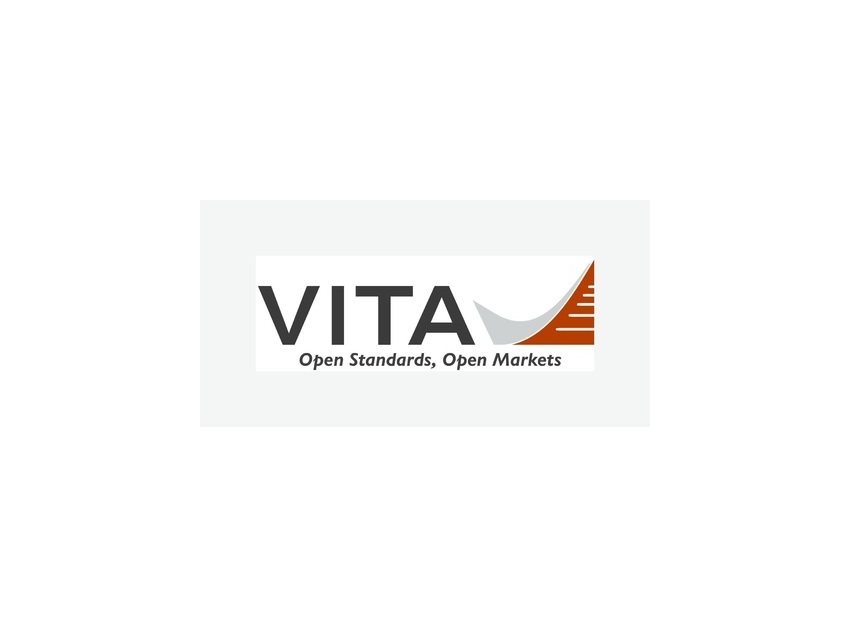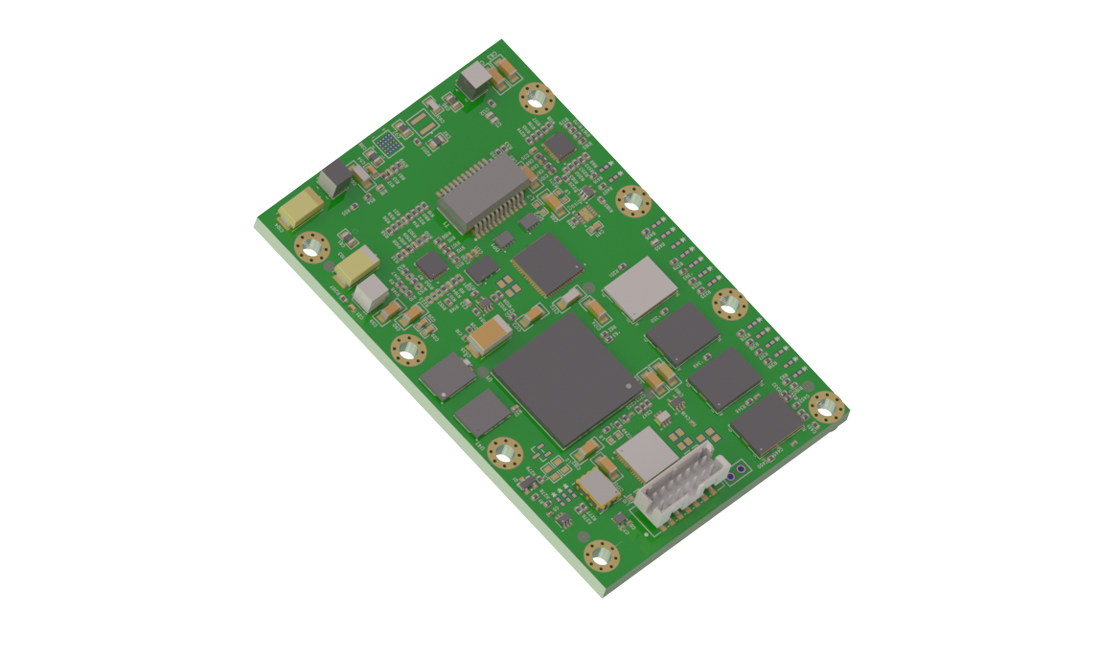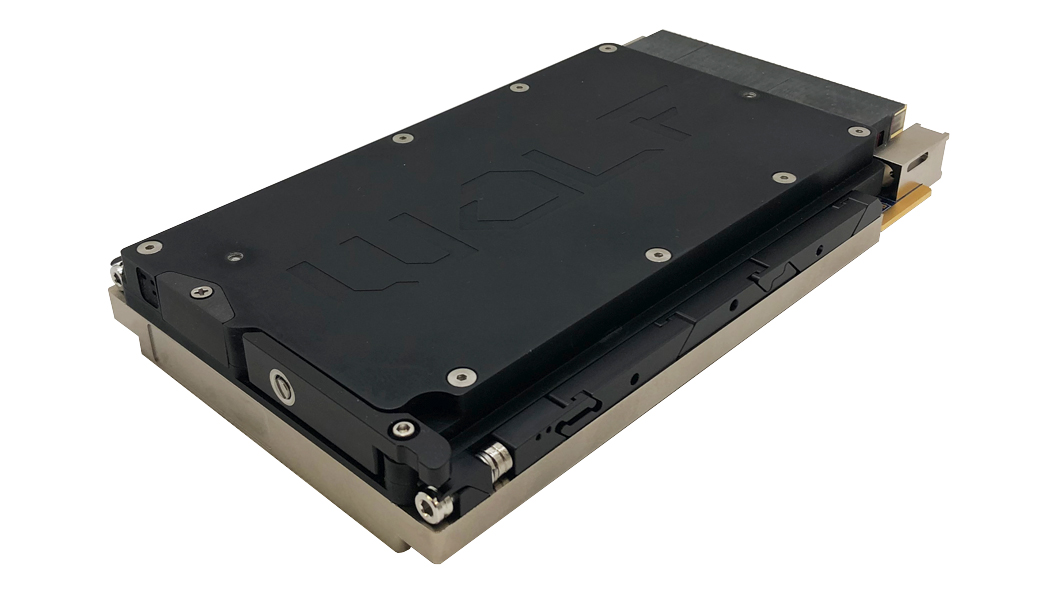The development of clean and power-efficient diesel engines is of great importance in the United States, mostly for pickup trucks and commercial shipping trucks. For out-of-town traffic, diesel engines are still the most power-efficient engines in cars and trucks. “… Data analysts … did a recent crunch of the often-discussed payback times for the nation’s two competing fuel-saving drivetrains: hybrid-electric and diesel-engine vehicles. The latest round goes to diesel. … Hybrids can’t touch the payback times for diesel-powered models.”[1] In Europe, where diesel fuel is slightly cheaper than gasoline, diesel engines are used in more than 50 percent (>70 percent in France, Spain, and so on) of passenger cars and in 100 percent of utility vehicles, trucks, and tractors. Hybrids might be equal or have a slight advantage in fuel consumption, if driven almost exclusively in stop-and-go large city traffic.
ETAS, Germany, a spin-off from Bosch, Germany – the world’s largest supplier of electrical, hydraulic, and pneumatic equipment for cars (starters, generators, lighting, brake systems, and so on) – has test and measurement equipment for car companies developing any kind of car, drive train, and engine. Several North American OEMs and their suppliers have partnered with ETAS in an effort to develop, test, and implement these new technologies into their products in the shortest possible time. They are mostly using an ETAS ES1000.2 test box with 3U VME boards inside. Figure 1 depicts the test, measurement, and in-car analysis system for combustion engines.
Included in ETAS’ ES line of VME products is the ES1135 simulation/system controller board, based on an IBM 750GX processor with four switched Ethernet channels at very low power consumption for in-car usage. In this type of application, a cache hit rate of 85 percent or more is better than higher clock rates. The board is optimized for this. A new interrupt controller uses hardware routines and thus allows fast access to the slave boards via VMEbus. The enormous computing power enables full-pass and bypass operations for complex functions. However, the following issues still need to be solved when conducting the analysis during development:
• Diesel Particulate Filter (DPF) regeneration
• Urea Selective Catalytic Reduction (SCR) of diesel NOX emissions
• Engine air and Exhaust Gas Reduction (EGR) system controls to reduce NOX emissions
• Rapid warm-up strategies for after-treatment systems
• Unique sensors for engines and exhaust systems
• Strategies for closed-loop control of combustion and emission systems
• Diagnostic strategies for engine and exhaust emission control devices
Most configurations are equipped with the ES1135 (1 GHz simulation/system controller), the ES1232 (memory emulator interface), the ES1303 (16-bit A/D), the ES1325 (32-channel digital I/O, PWM I/O, and counter), and the ES1222 (4-channel CAN and K-Line) boards in a 3U VME ES1000.2 box. For example, GM has developed a 4.5-liter V-8 Duramax turbo diesel to be used in several models from 2010 onward. The state-of-the-art 4.5L V-8 Duramax turbo diesel improves engine fuel efficiency by 25 percent, reduces CO2 emissions by 13 percent, and cuts particulates and NOX emissions by at least 90 percent. It will meet the stringent 2010 emissions standards, making it one of the cleanest diesel vehicles ever produced. An electronically controlled, common rail fuel system has the ability to inject fuel five times per combustion event, reducing noise and emissions while enhancing fuel economy. GM has applied for patents on a number of these features. The current 6.6L V-8 Duramax diesel from GM is a joint development with Isuzu of Japan, while the 4.5L Duramax is developed in-house at GM. Because of economic conditions, this development is currently on hold (not cancelled).
‘Green’ technology for diesel engines
Some European car manufacturers use the term “blue,” such as BlueTec or BlueMotion to name their “green” technology for diesel engines. The new BlueMotion from VW meets current California and EU requirements and surpasses the future 2012 EU requirements. Diesel engines are more robust and have a longer lifetime than gasoline engines. For technical reasons, they have more torque (acceleration) than gasoline engines at any size (hp rating).
Diesel engines are more efficient than gasoline (petrol) engines of the same power, resulting in lower fuel consumption. A common margin is 40 percent more miles per gallon for an efficient turbodiesel.
For more information, e-mail Hermann at [email protected]
References:
[1] Edmunds, Inc. and AutoObserver, July 29, 2009






